And then we visited Winchester…
7 minute read
July 8, 2013, 11:50 PM
So in our last episode, I was discussing a trip that my friend Pete and I made to Harpers Ferry, West Virginia and to Winchester, Virginia on July 4. I got as far as the end of Harpers Ferry, when I realized that the Journal entry was running quite long, so I cut it off and promised to continue at a later time. And now for part two.
Leaving Harpers Ferry, we soon came to Charles Town (not to be confused with Charleston, the state capital). For those not familiar, Charles Town is the place where people in Harpers Ferry go to go grocery shopping. For out of town folks, it’s also the home of the Hollywood Casino at Charles Town Races. I’ve never been gambling before, but it might be fun to do one time. But in this case, Pete and only stopped for lunch, and then it was at a Martin’s grocery store, where we each got salad. Funny how you can get pretty decent food on the go from grocery stores these days. But we did just fine at Martin’s. They had a decent-sized salad bar, and there was also an eating area. All in all, not bad.
Then from there, we continued along to Winchester. That took us on Route 340 to its intersection with Route 7, and then we took Route 7 the rest of the way into Winchester. When I first made a close pass to Winchester some time in the 1990s, I was a little bit underwhelmed by the size of the town. Understand that Winchester is listed as a control city for I-81 for quite some ways – more than 100 miles when traveling northbound. In my experience up to that time, I had only seen bigger cities as control cities for highways, like Little Rock or Richmond. Thus I figured that Winchester was a really big city. Surprise: Winchester is, while by no means tiny, also not a big city by most measures. It’s comparable in population to Staunton.
In Winchester, we headed to the Loudoun Street pedestrian mall, and kind of explored around a bit. Pete was intrigued by Winchester’s civil war history, as the city changed hands more than 70 times over the course of the war. Thus he wanted to see the Old Court House Civil War Museum, which is, as the name implies, a civil war museum housed in what was once the courthouse for Winchester. Of note is graffiti on the walls written by soldiers that has been preserved as part of the museum. Meanwhile, I was interested in getting a quick look at the Taylor Hotel, which once housed, among other things over its long history, a call center for CFW Information Services (I worked at a sister facility to this call center in Waynesboro). That call center was fairly short-lived. It opened in late 1998, became a Telegate call center in 2000 along with the other CFW Information Services facilities in Waynesboro and Clifton Forge, and then closed in June 2002 just before Telegate exited the US market entirely. Since then, the old Winchester call center had been vacant, and had suffered a partial roof collapse in the late 2000s. Now, after much discussion, the facility is being completely renovated and restored, and will contain apartments on the upper levels and retail or restaurants on the lower levels. Still a shame that for all of the money that CFW put into its call center, the facility was open for less than four years (and has since been gutted).
In going through Winchester, I got a lot of photos, as you might expect. And here we go…
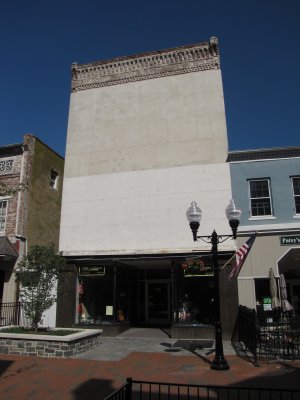
This building, at 160 North Loudoun Street and currently the home of Blind Faith Enterprises, surprised me. That blank facade struck me as somewhat strange. Was this a large sign in a past life? Or is it what’s behind that large, blank wall that causes the building to have no windows? The building housed an A&N at one point, according to an old classified ad that I located, but A&N was never known for large signage. I have a feeling that this might predate that usage. Anyone have any idea?
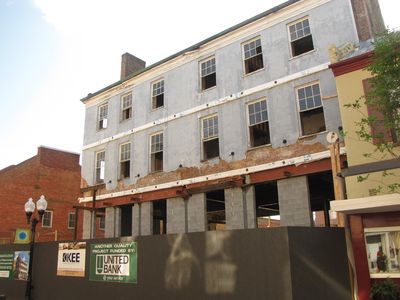
This is the old Taylor Hotel, at 119 North Loudoun Street. The building is currently undergoing a renovation, which seeks to restore the building to its 1800s appearance, when it contained balconies at the second and third floor levels.
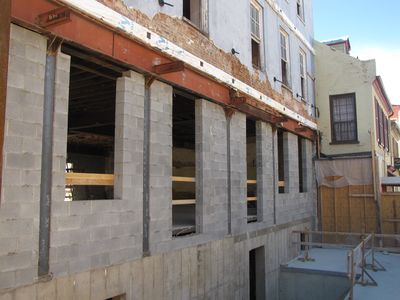
Close-up view of the first floor (with the new cinderblock wall). This is where the former CFW/Telegate call center was located. That facility is now completely gone.
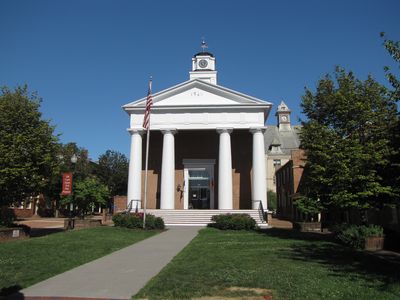
The Old Court House Civil War Museum.
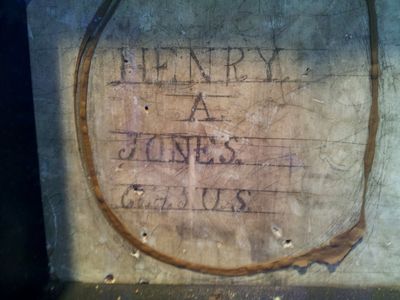
These three photos show detail of Civil War-era graffiti on the courthouse walls. The way the graffiti was presented was that they cut out sections of the modern wall to reveal the graffiti, and then put glass over the cutout to preserve the graffiti.
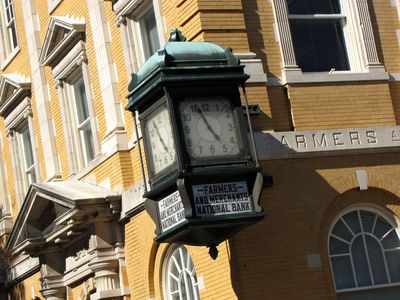
Clock on former Farmers and Merchants National Bank building (now BB&T). Pete and I were both intrigued by this historic clock.
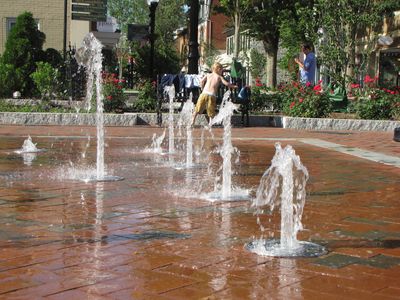
This was a small urban beach on the Loudoun Street pedestrian mall, with many fountains shooting water up into the air at varying heights. The place was full of kids on this particular day (as I suspect it likely is on most days), but I managed to get one photo with a minimal amount of children in it.
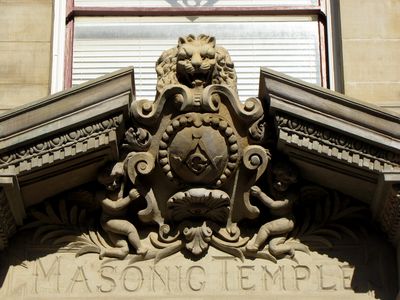
Pete and I were also both intrigued by the carvings on the Masonic Temple building.
And then from here, we had only one thing left to do: get some frozen custard, which Winchester is supposed to be well known for. After doing a little digging around on Yelp and also asking a local, we ended up going to Pack’s Dairy Corner, which was right on our route. Check it out:
And for a place that looks like that, you know that the frozen goods would have to be awesome. And the soft-serve frozen custard from there did not disappoint. I had a vanilla and mint swirl, and did something that Pete was unable to do: make it disappear without getting my hands messy. Check it out:
I’d like to see you eat ice cream this neatly in the July heat.
And then from there, we headed back to the DC area. We went back via Route 7, and we were surprised about how hard it was to find a place to eat on the evening of July 4. Most places closed early, much to our disappointment. We ended up eating dinner at Silver Diner in Reston. I’ve heard mixed reviews about Silver Diner, and I got something of a mixed bag. Don’t get me wrong – the service was good, and the place was quite clean, but I wasn’t too impressed with the selection. I’m told that the menu used to be far more expansive, and thus perhaps they reeled it in somewhat. I wonder if it also has something to do with the fact that I was mentally comparing it to Metro 29 in Arlington, which is a really awesome diner with a large menu. Compared to that, I’ll bet that many places pale in comparison.
Leaving the Silver Diner, it was fireworks time. That was an interesting drive. I missed my turn for the Dulles Toll Road from Fairfax County Parkway, so I ended up going down Fairfax County Parkway to I-66 and then taking that to Vienna to drop Pete off at the Metro. On the way, we were treated to bits and pieces of many fireworks displays. Turns out that there is no short supply of fireworks displays in Fairfax County, as we saw at least four or five as we headed down the road. It was pretty neat to see, though.
And then after dropping Pete off at Vienna, I headed home. Not a bad time! We’re definitely going to need to do these sorts of road trips more often, because this was definitely a lot of fun.
Categories: Friends, July 4, Photography, Places, Recreation/Exercise
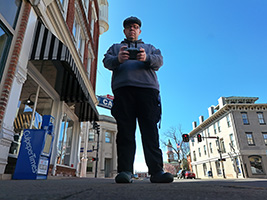







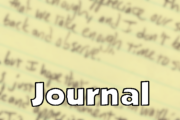

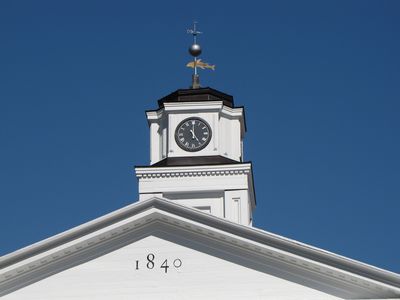
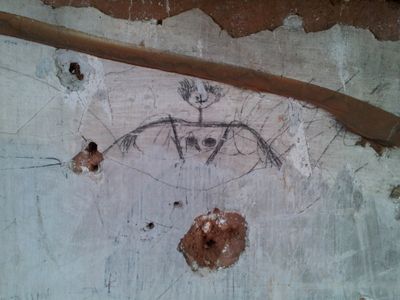
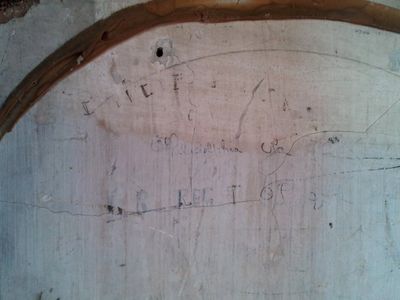
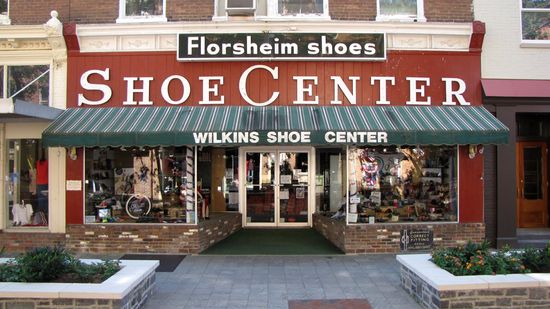
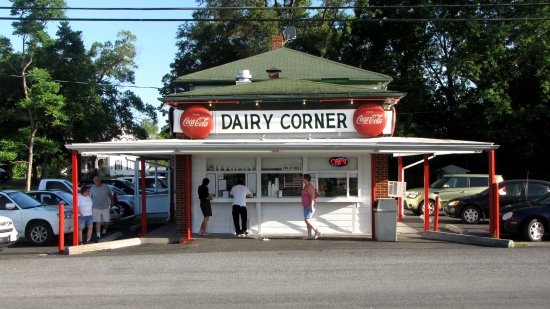
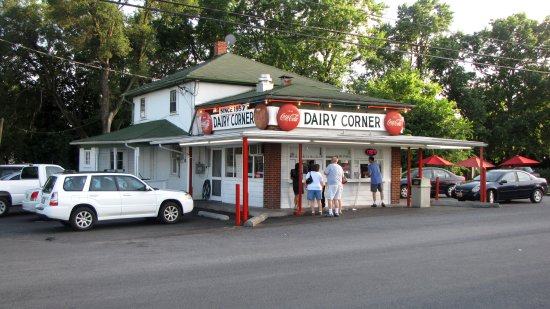
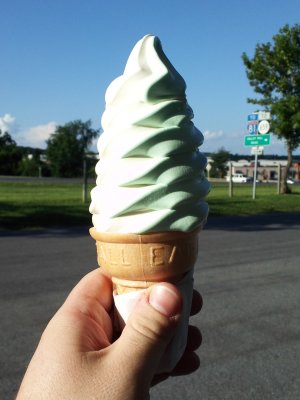
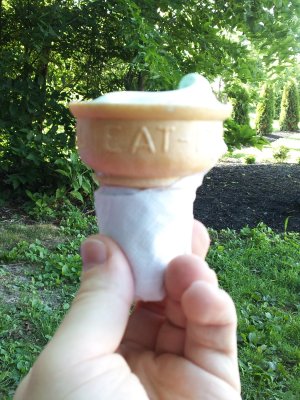
Leave a Reply